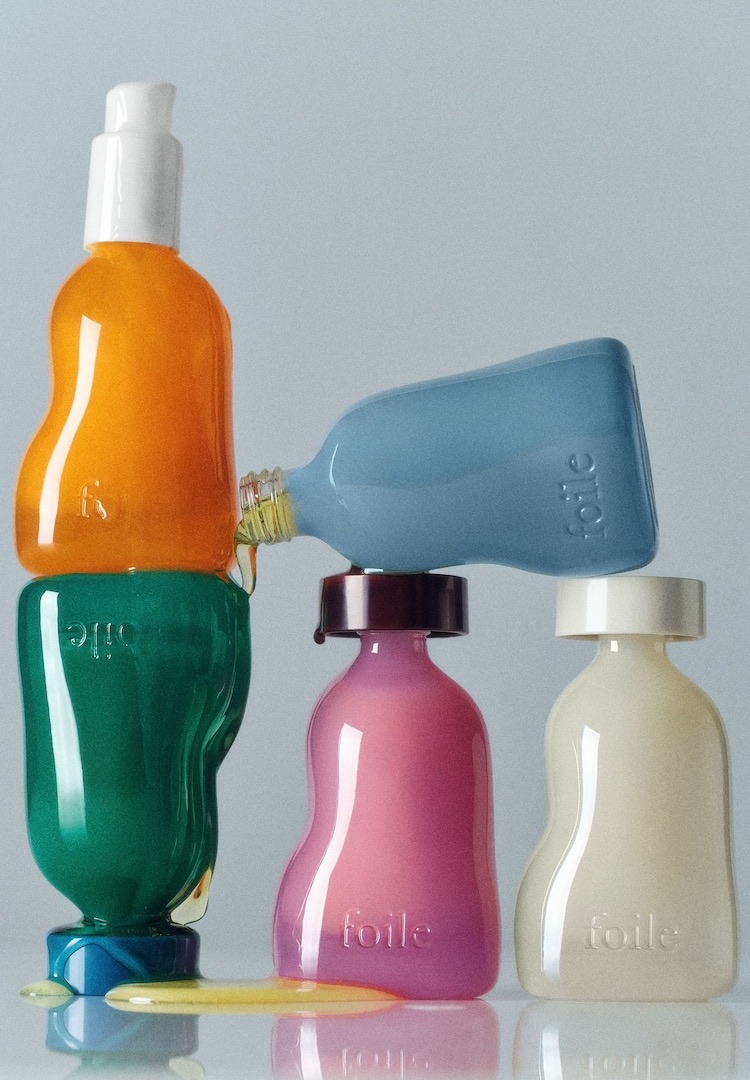How to care for vegan leather, according to the Founder of Sans Beast
IMAGE VIA SANS BEAST
WORDS BY MAGGIE ZHOU
Not all vegan materials are made equal.
As someone who is frankly not a woman in STEM (unless playing The Sims counts?), I’m in constant awe of the innovative happenings unfolding in the fashion space. Self-tying shoes and Coperni’s spray-on dress are just a couple of ways fashion people are challenging what we can expect of textiles.
Another element of fashion that’s constantly changing is the vegan materials space. Categorised as anything that isn’t derived from animal products, the umbrella category of vegan fabrics is extremely far-ranging. Because of its generalness, it can be hard to know exactly what to look for when buying vegan leather.
For more fashion news, shoots, articles and features, head to our Fashion section.
Vegan leather has copped backlash for being a glossy veneer for products that are mostly just made of plastic. There isn’t necessarily a correlation between vegan materials and sustainability, but vegan materials serve as an antidote to the leather industry.
With that in mind, how we care for a product can extend its lifecycle, an inherently sustainable act in itself. I spoke to Cathryn Wills, the Founder and Creative Director of Melbourne-based vegan accessories brand Sans Beast, about how we can best protect, store and care for our vegan leather goods.
Typically, what is vegan leather made of?
The term ‘vegan leather’ is a broad brushstroke, not dissimilar to using the term ‘leather’ without referencing the animal the hide came from (pig, sheep, cows, lambs, calves, horses, alligator, deer, snake, etc.) or how it was tanned (chrome tanned, vegetable tanned, etc.).
‘New generation’ or ‘leather alternatives’ are my go-to terms – but I do understand the need for easy-to-search terminology. Vegan leather generally applies to materials that emulate tanned animal skins, yet are not derived from animals. Base materials (the substrate) are often a synthetic or a poly/cotton blend and the top layer is [usually] a polyurethane coating.
That said, bio-based and partially bio-based materials have been coming to market over the last few years and gaining traction. Mirum is the first material with no plastic inputs that sits in the ‘vegan leather’ space.
How can we best proactively protect vegan leather?
New-gen materials generally have coatings [so] there’s no need to spray them for protection. The same applies to animal leather that’s been sprayed with a polyurethane colour coating. If the material happens to be porous, a faux suede for example, then the same water-repellent spray you’d use on animal leather can be utilised.
How can we best care for vegan leather bags?
The trusty handbag has a lot demanded of it – far more than other items in a wardrobe. My advice is to have a few go-to handbags; rotate their use and extend their life. Carrying the same bag every day is going to mean the bag won’t stay looking pristine forever.
Wipe down spills that occur with warm water and mild detergent, keep makeup (or pens) in a pouch in the bag so [the] lining is protected, keep your bag off the ground and don’t overload the bag beyond its capacity.
How should we store our vegan leather bags?
Storage depends on the style of [the] bag. If it’s a large tote or handbag, I prefer to hang these, as they keep their shape better than collapsing on a shelf. Small bags sit nicely on a shelf, and if not being worn for some time, remove the strap, roll it up and house it inside the bag. Keeping bags upright and not slouching – add some paper stuffing if necessary to keep the shape, it’ll support their good looks for years to come.
Anything else to consider?
Alternative materials are developing in the leather space for both environmental and ethical reasons. It’s an exciting, future-forward space to be watching and participating in. The Lineapelle leather fair I’ve just attended in Milan has been evolving with the ‘vegan materials’ space; times are changing.
Want to know more about the vegan leather space? Try this.













